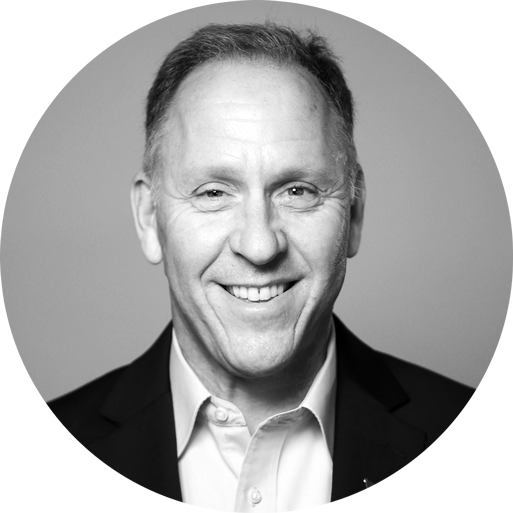Camera,
ACTION!!!
Camera,
ACTION!!!
t was the beginning of March. I was one week away from traveling to Europe to start prepping a romantic comedy, Movie of the Week, for the Hallmark Channel. The first part of the project was scheduled to be filmed in a small village in Bulgaria, with the remainder to be shot in Paris. Not bad places to set up shop and do what you do for a living while experiencing some beautiful places. With the Network targeting a full slate of projects, all signs pointed to very good year for film production.
In the blink of an eye, everything changed for all of us. At first, the collective thought that we could still make the movie. There were no travel restrictions, but there was a great deal of uncertainty as to what we could execute in a safe manner. Anticipating the need for some changes, we created a plan B, then a plan C, then a plan D, when reality hit; all production was shut down. Like so many, our focus shifted dramatically to a “new normal” for living our lives safely.
March, April and May passed as our nation and the world tried to learn how to move forward. Eventually the phone rang, and I was asked to produce what would be one of the first Network projects scheduled back into production during these unprecedented times. I was more than ready to go back to work, but a few of my colleagues advised me to pass on the job as they felt it would be a no-win situation.
Establishing protocols, however, was not enough. Equally as important was our ability to execute the guidelines in a way that would keep people safe while allowing the production of content at the expected level of quality.
I know that everyone wanted to go back to work to earn money to provide for their families and themselves. My biggest takeaway from this project, however, was that our employees needed to go back to work. They needed to create, to accomplish a task, to collaborate with a co-worker, to be a part of a team and to have the satisfaction of knowing that, in spite of a very tough situation, they could get er’ done… and they did!!!
